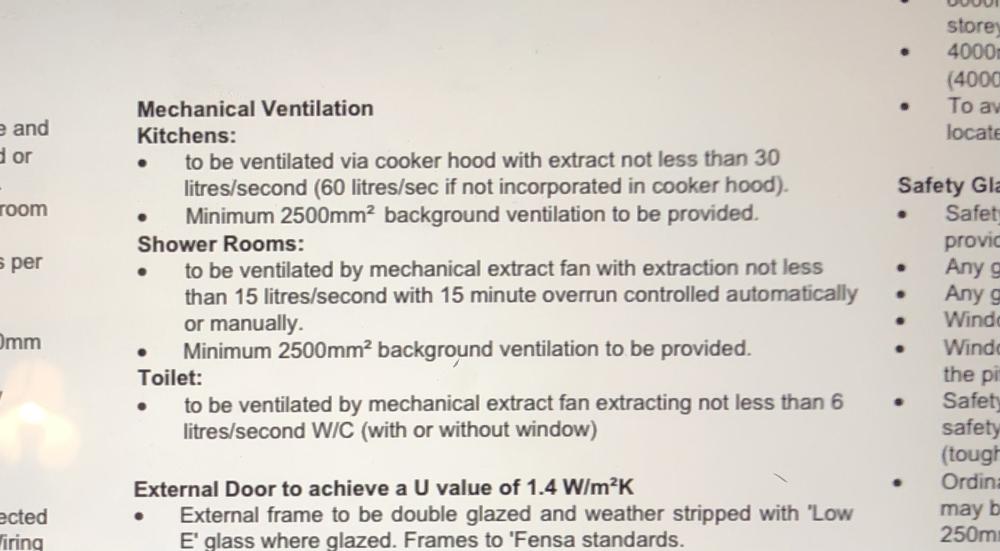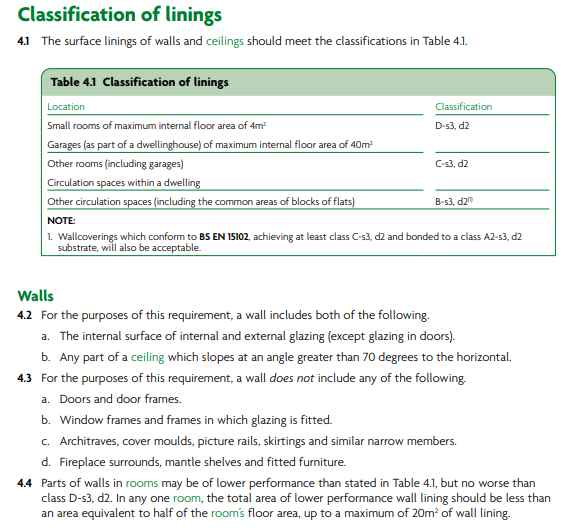Leaderboard
Popular Content
Showing content with the highest reputation on 12/21/22 in all areas
-
We are quite luck in the sense that we have an upstairs plant room that is about 53m2 (9.5mx5.6m). It was designed to be right in the centre of the house, so wiring, plumbing and MVHR runs are radial in nature, hopefully keeping the length of runs minimised. The area was completely clear so I’ve created some skeletal walls from unistrut, with traywork to carry the wiring, plumbing and ventilation. This saved drilling holes in the plastered walls, which is my airtight barrier and the architectural brickwork. Plus if you have to move anything, you aren’t left with an unsightly hole. I’ve also started to create some partition walls (out of unistrut). It also means you have access to both side to run cables etc. I’ve only got the plumbing in so far, but it seems to be working out quite well (see pics). I don’t see why it wouldn’t work out in a smaller area.3 points
-
48 degrees, found by experiment as the hottest task you normally have to perform is kitchen washing up and with no cold added, I can just, and only just put my hands in the water without it being painful. I see no need for any hotter than that, but if such a need arrises, there is the boiling water tap.2 points
-
That's true to a certain extent and it may be more significant in a TF house but in a masonry building the more massive elements are what freewheel the heat. Air has a very low SHC so is easy to heat and quick to cool down. Keep it hot and blowing around for long enough and the heat in the air will transfer to the materials with a higher SHC. Infrequent use of A2A is not going to do that. It's why I spoke of there being a different feel to a room with A2A. The room may feel warm as you walk around but when you sit down on a chair or pick something up from a desk it feels a little cooler than you might expect. I've only been studying these effects since the beginning of December when the weather turned colder as my A2A units were only installed in November and I'm still learning about it.2 points
-
If there is a sharp fall in demand Don’t be surprised if prices fall Same with plasterboard I collected some OSB boards today 25 quid each a few months ago £14 now Storing outside is fine Watch out for thieves1 point
-
You have a very different household to me. At times our 300L tank is barely enough. Our showers can run in excess of 10L per minute so you are expecting a woman with long hair to shower, wash, rinse and condition their hair in 8 minutes. You have not met my wife and daughter. Double that time and water consumption and my 300L tank barely does 2 lady showers, certainly not if it has done 1 much shorter man shower first. Tell them to turn it down to a trickle and they don't see why they have to put up with sub standard. And nearly 2 hours to re heat it "sorry dear you have to wait 2 hours if you want a shower as well" lands you in the dog house. Oh and most ASHP's (probably all) stop heating the house when they heat the hot water. Ours likes to only do DHW in half hour chunks. You can fiddle with parameters to make it do DHW for longer before reverting to space heating.1 point
-
The heat-pump model I am buying is the Vaillant Arotherm Plus. At 2º air temperature and output water at 35º the 5kW heat pump can modulate from 3.00 to 7.40 kW. Note that higher top figure is a lot higher than the nominal "5kW". Conversely, the 3.5 kW model can modulate from 2.10 to 6.90 kW. The house I am building is close to passive levels of performance and I predict that the space heating demand at 0º ambient temperature is around 2kW or so.1 point
-
43 kWh/m2/yr with Airtightness 3.75 m3/m2.h@50 Pascals Just an example from real data 75% of that on space heating. Rest on water heating.1 point
-
Assuming the chain is what pulls the door up, using it on the small sprocket the door will lift slower. So being forced to use the large sprocket (because the small one is no longer there) would lift the door further for each rotation, thus to my simple mind the torque on the shaft would be more and therefore forces on the teeth would be more. So I would say the small sprocket is what you want. Will you be around in 25 years to replace it again?1 point
-
Hi all. Pleased to have joined this forum having read several topics on it in recent months. I'm building a three story flat roofed house. The ground floor will be functional, non-habitable space and will be constructed in block work. Due to the site sloping upwards gently, the ground floor will be constructed as a partial basement - the front door is on ground level from the street but the rear door is up half a flight of steps. The ground floor is nearly complete by a local main contractor who was recommended by Potton. The first and second floors will be a timber frame by Potton who is the Self Build division of Kingspan Timber Solutions. I used Pottons for the architectural side of things including designing the entire building, get planning permission and creating the detailed drawings needed for building regulations including the structural engineering and design of the foundations and ground floor retaining walls. Potton don't provide ground works / masonry work, hence using the local main contractor, but they will erect the timber frame (starting Jan 2023). I've also gone with their weather tight package which includes the flat roof and Rationel windows/doors, and their MVHR package, which is by Rega Vent. Once that's done, I will be project managing the fit out myself and maybe taking on some of the work too, which I'm sure this forum will be a great help with. In return, please feel free to ask about my experiences Potton, Rationel, and Rega Vent or anything in general about my experiences project managing the build.1 point
-
1 point
-
Yes, my brother has one. Uses it primarily for making stencils for copper etching.1 point
-
Jury is out, wet spots have disappeared, and it's still holding 1 bar. I am still suspicious and want to pressure test at a higher level and see what happens over Christmas1 point
-
And another advantage of a sloping site can be no much away charges. Just use all the excavated soil to build up the lower part of the site to make it a bit less of a slope.1 point
-
The free fuel for renewables clearly makes up for it. Either way, we need to move away from fossil fuels.1 point
-
That's concerning. I need to get our windows ordered early next year Whilst labour might be coming down, it doesn't really help a self-builder renovator.1 point
-
It is higher than timber, brick and stone. You are talking about volumetric heat capacity. You can order the list by mass or volume. https://en.wikipedia.org/wiki/Table_of_specific_heat_capacities1 point
-
It is an S & P inline fan mounted in the plant room above the kitchen. There is a draught flap on the outside vent. You could not mount this one open to the elements.1 point
-
1 point
-
Only just seen this - thanks very much it covers the problem perfectly, I'll have to plasterboard some of the walls annoyingly but heyho! 😄1 point
-
My daughters wedding venue, lovely place but the acoustics leave a lot to be desired1 point
-
I didn't go with Warema in the end. used a local company called Powell blinds and ended up with Trojan blinds we're not in the house yet but they definitely feel sturdy and don't seem to let a lot of light in but we've not tried sleeping in there so can't say about it for that. Warema only offer through a single supplier who I had issues with but you might have better luck. a bit about our blind install here1 point
-
Right. Here is the last two weeks data. I know that I live in the warmest part of the country, but for here, it was artic. Work out at 4.6 kWh/m2 for that periods space heating. As my heating season is about 12 weeks, that will be 28 kWh.m2. Not too bad, especially as the mean temp was only a gnats over 1°C down.1 point
-
@ToughButterCup we haven’t paid yet. Think we’re going to wait to get our UFH on and get some warmth in the screed1 point
-
I meant think about installing both heat and smoke alarms, specifically in the plant room. I'm not sure whether either is compulsory, but it's a small price to pay for a bit of extra safety.1 point
-
Our proposed PR is 3.4m x 1.7m. Interesting the different finishings people have opted for. Never heard of Fermacell so will now look at that.1 point
-
I think in Scotland alarms all have to be linked throughout dwelling. From what I understand this is also retrospective. I would expect England and Wales to follow. I think this is correct, someone might know more.1 point
-
FWIW - I tried 16º setback overnight for a bit - but the AC units heat the rooms up so quickly I reverted to a nominal 18º during waking hours increasing for the evening then off overnight (similar to how I have central heating setup for the rest of the house). Normally rooms drop to 15º min overnight with no heat, but in the cold snap I had one morning where they went down to 12 inside! IMHO Just need enough heat to avoid condensation or cold soak in the building for long periods.1 point
-
Update re the cold snap in Nov/Dec - Mitsubishi Electric units in two rooms/end of house with radiators off in those rooms. Normal consumption on my 2x rooms - living room 3.5kw unit, office 2.5kw unit is around 500w During the cold snap that rose to anywhere near double consumption - 1.2kw - with outdoor temps down to -3 to -5ºC The A2A still heated the rooms although the air seemed to stratify more easily when it was colder and I needed to manually turn up the fan to stop the top half of the room getting all the benefit. That was only really a problem in the front room which has a double height ceiling which also has the indoor unit mounted about 3m high. It does become a balance of moving the air vs creating a breeze + a little more fan noise inside. The outside unit - outside the front room double glazed window is silent - I don't think its ever really working that hard 5kW (I think) capacity. Changes I upgraded the front room to a wired remote - on the wall - so it feels more oldschool/expected themostat type control - i.e. to pass the wife (and me TBH) test on ease of use. That needed an interface box and PAR41A(or similar code) off ebay and a little work with some cat5 cable. Costs I don't have detailed stats, the water/radiators in the two rooms are still off so I can get a feel for oil use reduction vs the approx £10/month electric increase. I'm intending to make a pretty coarse assessment based on monthly bills in the spring. My crude overall OIL house + hot water bill is around £110 / month averaged out, so +£10 on the electric for the aircon for 2 rooms is promising - or at least order of magnitude workable. Next... Still planning out possibilities for the rest of the house - bedrooms I think - perhaps a single unit above the landing with ducting; I don't heat the bedrooms at night when sleeping - just warm them up in the evening and mornings - to turn in and get up & tick over during the day. -or- perhaps wall/floor mounted inside units (look like radiators) so heat rises rather than having to be forced down? That would mean another external unit at the other end of the house too. Jury is out on hot water in the winter when there's no solar for the immersion. Perhaps a small oil boiler in the medium long term just for that job?1 point
-
Or you could do this, especially as you are doing an old house, one presumes without DPC? https://www.lime.org.uk/products/sylfaenr-foundation-system.html This is what i did. Total build up depth, 225mm, so minmal excavation. Which is good as it had minimal foundations. Admitedly, insulation level not comparable to PIR, but i was more concerned with solving damp issues in the walls. You proposed route may make it worse. On my previous garage, i did as suggested above, Stone (MOT1) sand blinding, then 4 inch insulation (XPS), then concrete, 6 inch with thicker sides. So a raft That was plenty enough to drive cars over. Like you, i still dont understand why people lay a slab, then insulation, then a slab. Makes absolutely no sense at all. The XPS manufacturer wanted +/- 5mm over the length of the board (2400mm) which is tight, but doable with care and a laser..1 point
-
That's good you have confirmation of what the BCO will require. What I would say is that 0.30 might be compliant but is really a very poor u-value. Energy costs are likely to be high for a long time to come - if it was my house I would be looking at whether I could do better than that. You might end up with a slightly thicker wall, but you may find there's not a huge difference in cost to upgrade since you're doing all the work anyway, and that you would get payback pretty quickly especially at current energy prices. You really don't want to find yourself ripping it out to improve it if you find your house is hard to heat in a few years.1 point
-
Thanks for the replies, the BC Officer phoned and informs me I need to achieve a U value of 0.30 in the wall so Kingspan board will need to be used. The 12.5mm pink plaster board will propvide the minimum 30 min fire protection.1 point
-
1 point
-
Stick a repair coupler in and be done....that's what I intend to do fir my damaged pipe🤷♂️1 point
-
1 point
-
Put plastic over them - if there is a drip from above the plastic will catch it1 point
-
I asked the same question to my building control inspector recently about my small utility room / pantry and he sent me the attached page in reply, and said "Your plywood will meet D-s3, d2, but any standard higher than that will require expensive paint treatments, or overcladding with plasterboard. Looking at the table above, if your utility room has a floor area under 4m2, plywood will be fine, but if your utility floor area is more than that you will only be able to untreated ply cladding up to an area equivalent to half the floor area. So as an example, if your utility room has a floor area of say 10m2 then only a maximum 5m2 area of untreated ply would be allowed." Hopefully that will be the same for you.1 point
-
As our washer drier is too loud to use off peak, I'm currently hanging washing in our unfinished ES. I've a basic dehumidifier running on a plug timer for economy 7. If hung out in evening, everything is dry by the next morning. Think it's using about 1.5kWh, so about half of what the drier would use and it's a double load. I have the dehumidifier set to constant running.1 point
-
We have lived with a powerful but simple Genvex MVHR system in a largish house since 1995 - it has an integrated extractor with a washable metal grease filter (like fuzzy wire)and a boost button by the hob. Blissfully quiet and it works wonderfully well with no grease build up issues as long as the filter was washed about 3 monthly. We are intending having similar in our new house build - I have no desire to have a noisy extractor fan or one which recirculates into the room.1 point
-
Happy with mine. Engineered Oak, 20mm thick 180mm wide planks laid as a structural board over UFH laid in a biscuit mix. No issues with shrinkage, warping or cracking and no issues with finish. We chose one with a matt pre laquered finish. Could that be what makes the difference? In a previous house we had engineered Oak with an oiled finish and found it a right pain to have to keep on oiling it and being particular how you clean it. this laquered finish board we mop perhaps once a month with a well wrung out mop so not soaked, and there are no issues.1 point
-
0 points
-
0 points


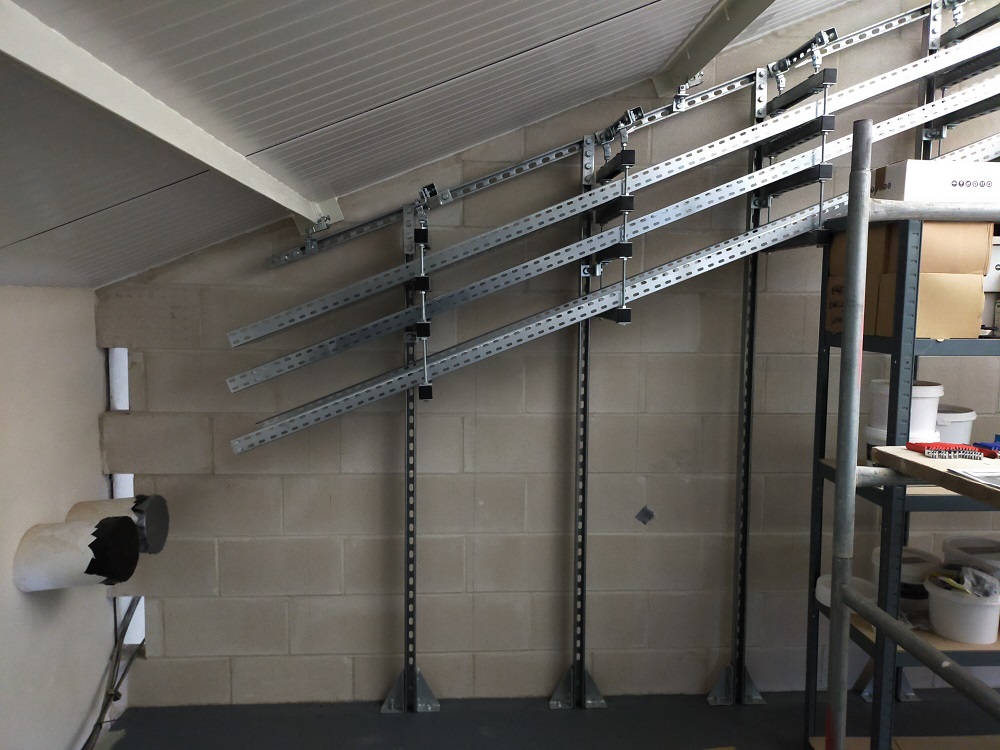
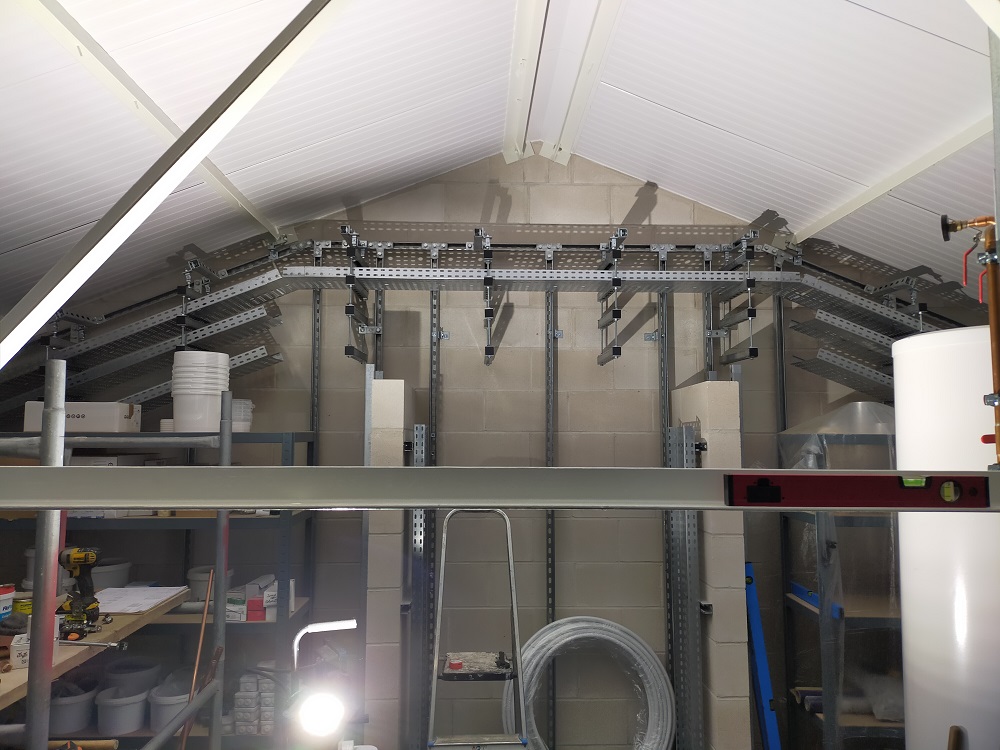

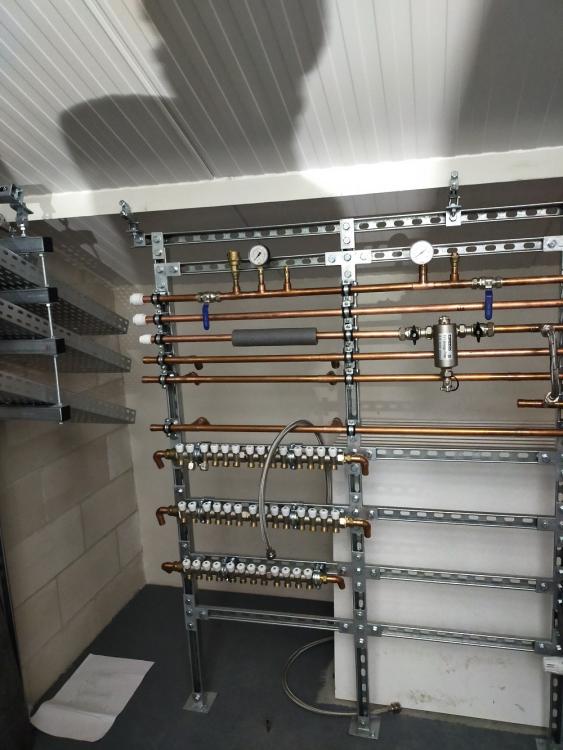
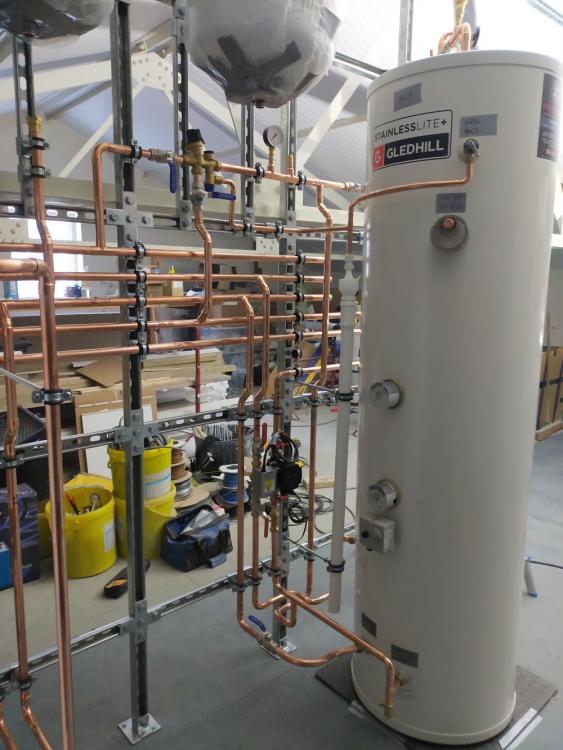
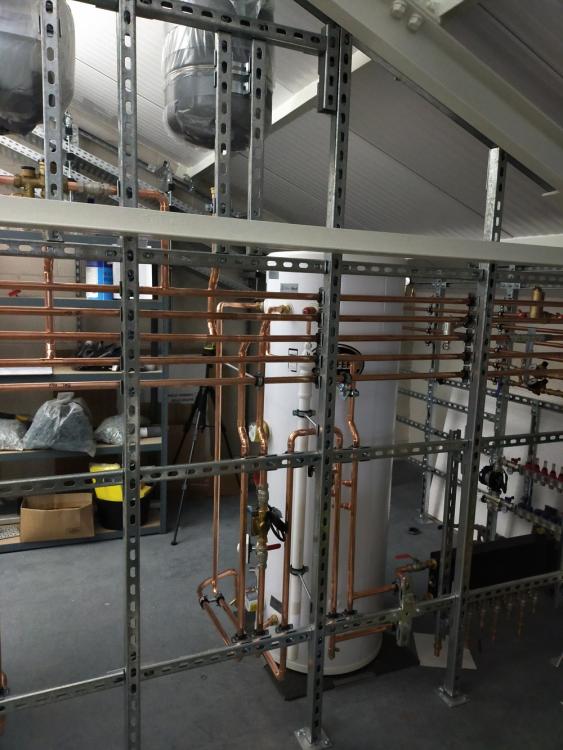



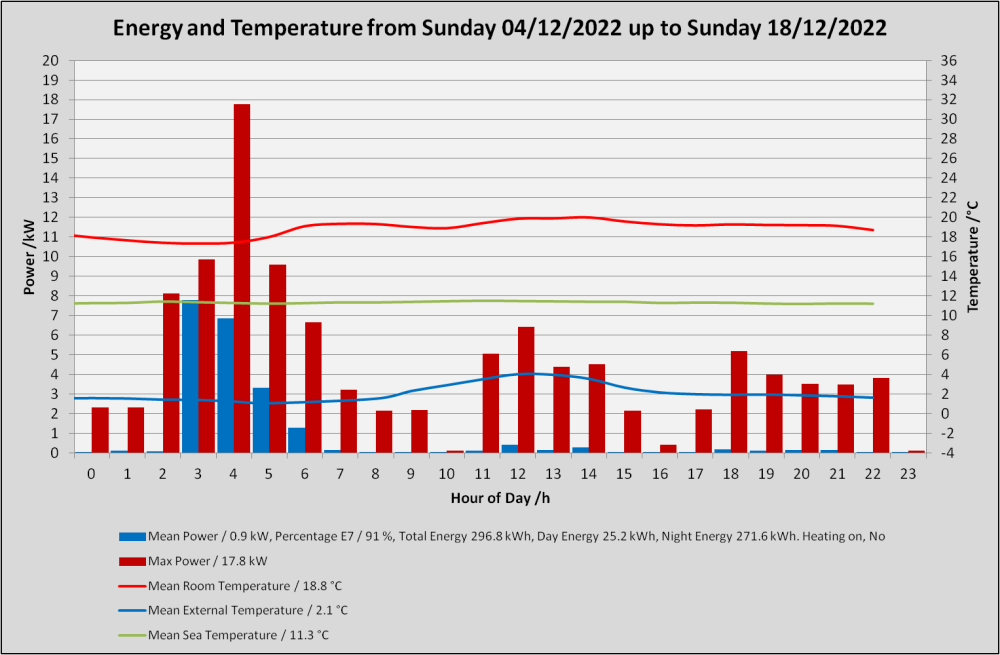
.jpg.c21f3ac78c9b7efd90cbdcb312744dc5.thumb.jpg.7adcad4c0e384f5ecd7d56b0618df6e5.jpg)

